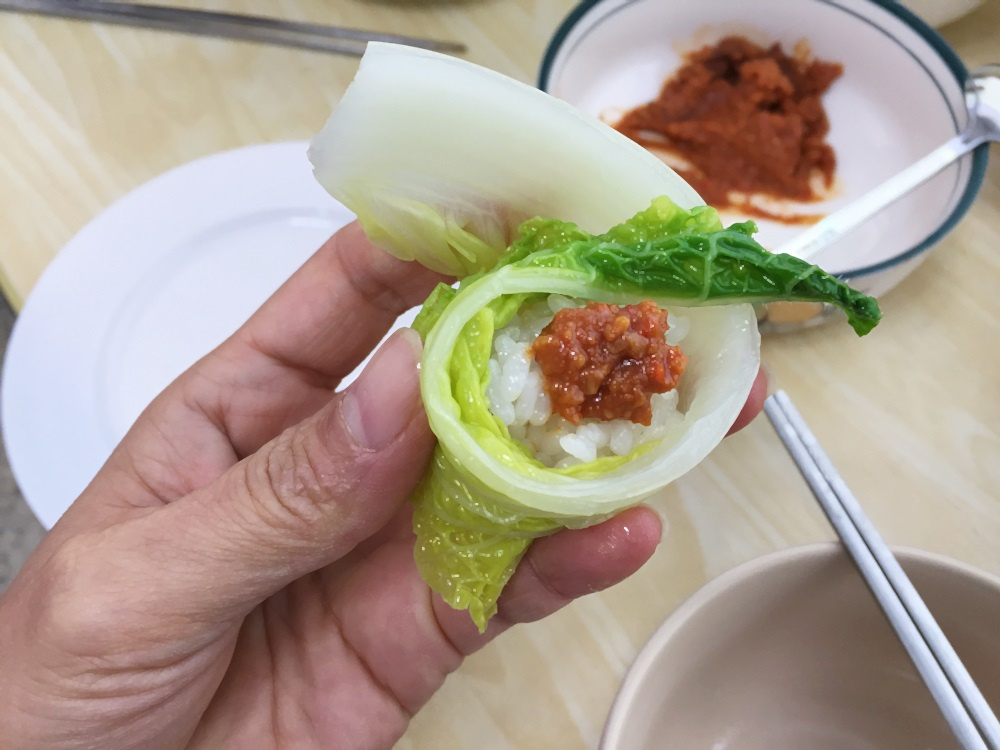
Blanch and store cabbage
The cabbage wasn't big enough to make kimchi because of the cold weather. I blanched it with cabbage and stored it. It's savory and sweet because it's kimchi cabbage.
6 serving
Within 60 minutes
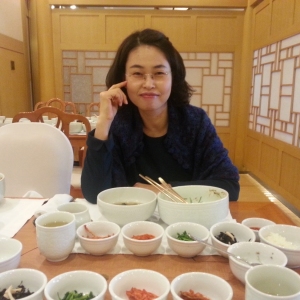
해피송가네농장
- Ingredients
-
-
Cabbage
-
Water
-
Salt1TS
-
- Cooking Steps
-
STEP 1/12It's hard to grow because it was recommended early in the day that's planted with kimchi cabbage.
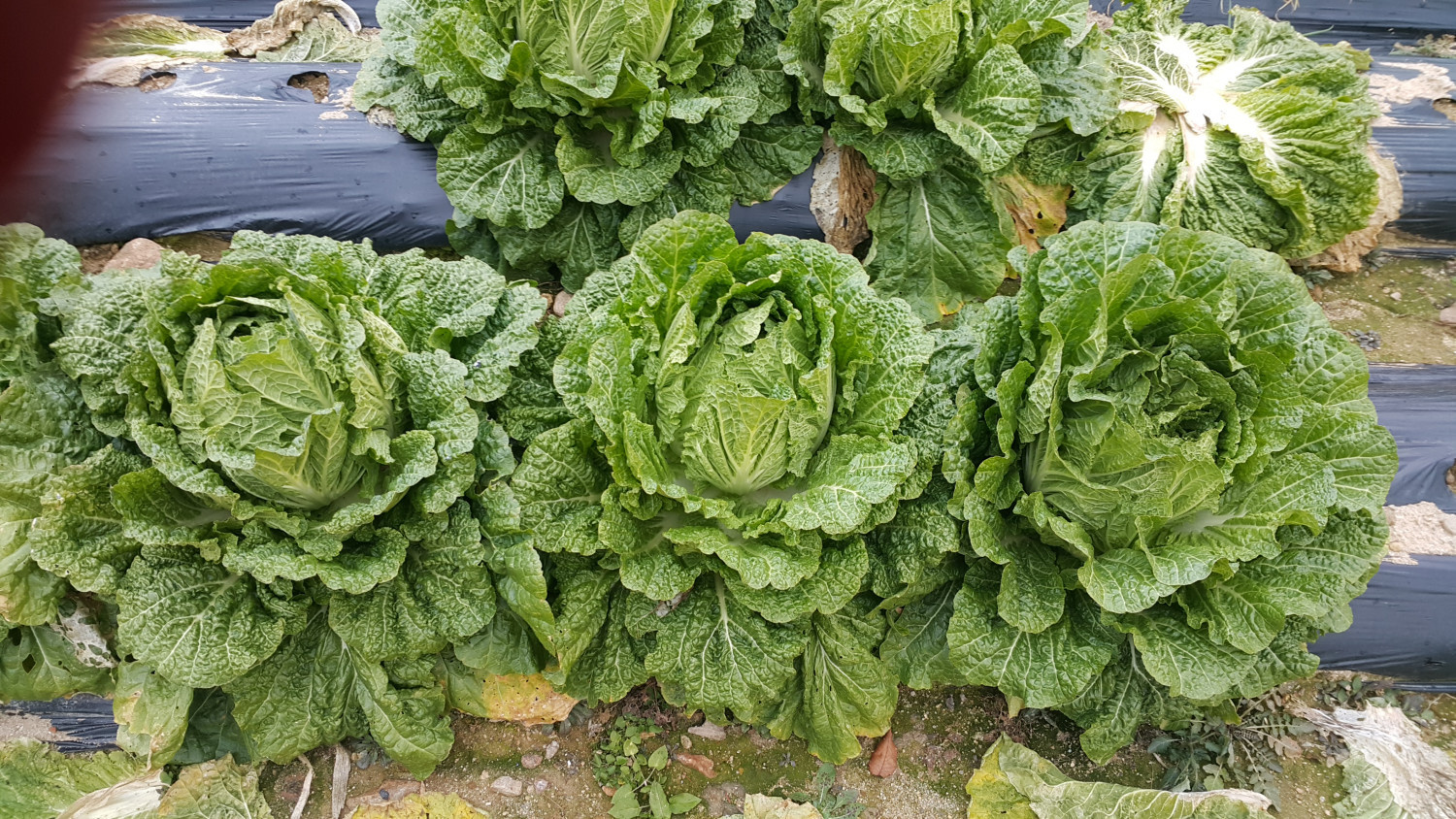 STEP 2/12Let's see how full it is..
STEP 2/12Let's see how full it is..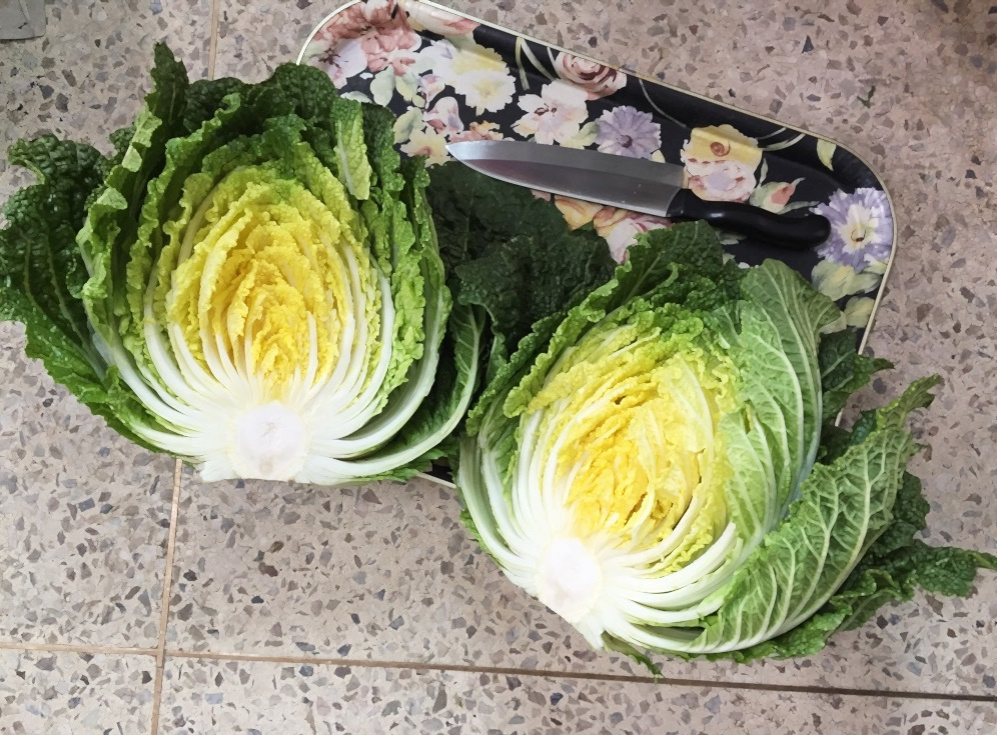 STEP 3/12It's two heads of cabbage. Cut the bottom of the cabbage and place it in the order of large, medium, and small leaves. I need to make a difference in the time to blanch
STEP 3/12It's two heads of cabbage. Cut the bottom of the cabbage and place it in the order of large, medium, and small leaves. I need to make a difference in the time to blanch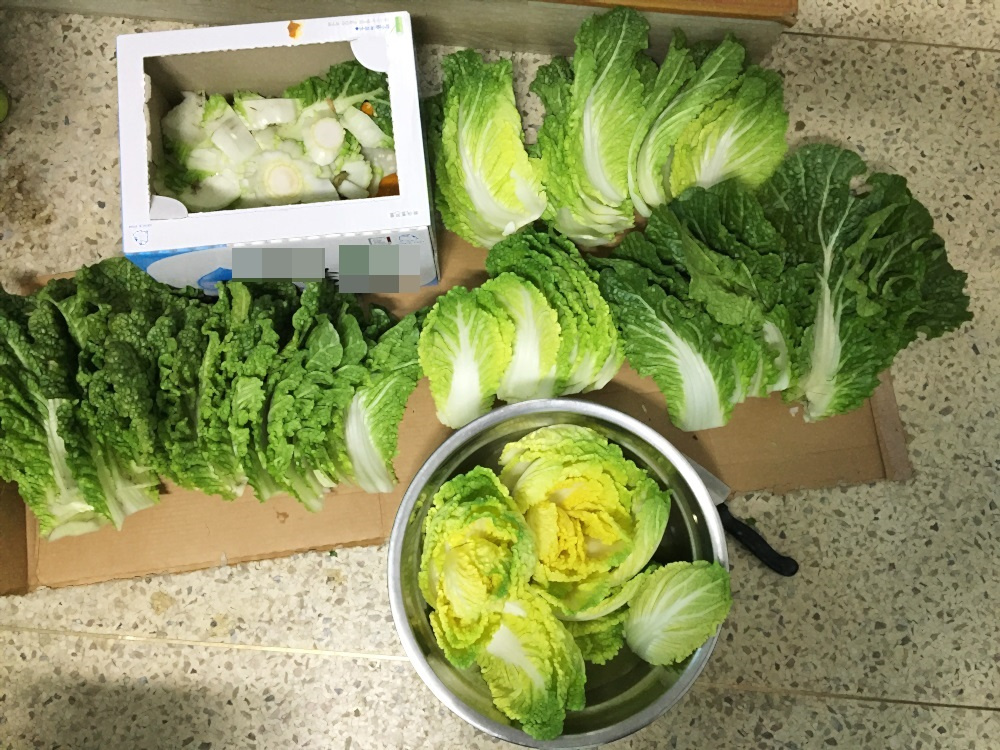 STEP 4/12When the water boils, add 1 tablespoon of salt and the cabbage stem and count to 30 seconds
STEP 4/12When the water boils, add 1 tablespoon of salt and the cabbage stem and count to 30 seconds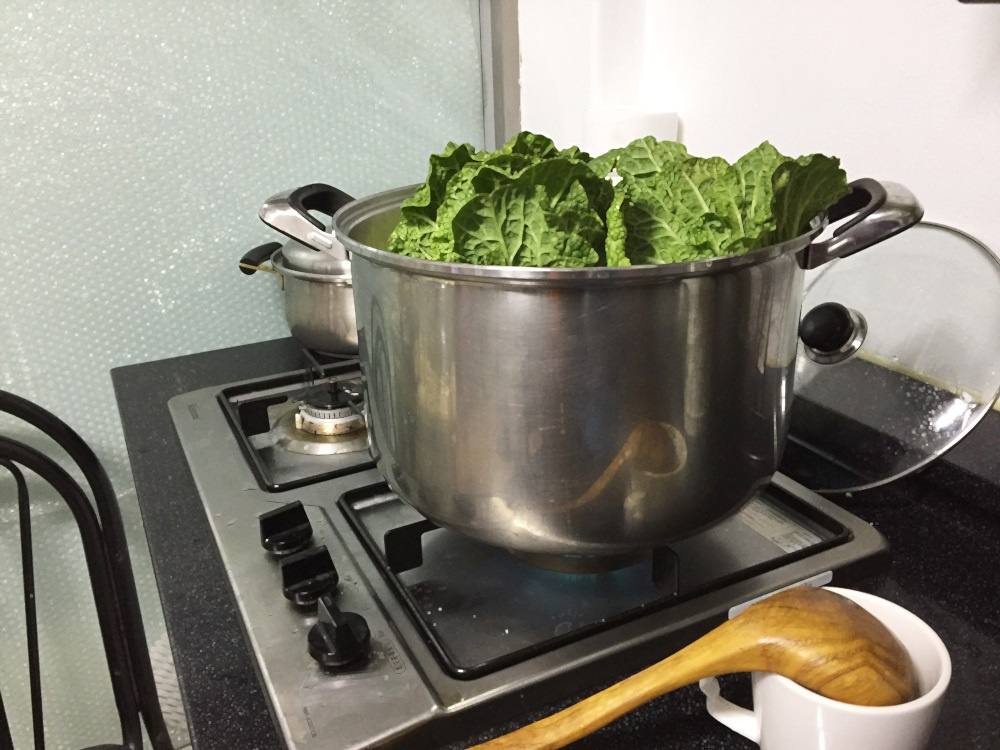 STEP 5/12Put the body in and blanch it. Blanch for 3 to 5 minutes. It depends on the hardness and size of cabbage leaves.
STEP 5/12Put the body in and blanch it. Blanch for 3 to 5 minutes. It depends on the hardness and size of cabbage leaves.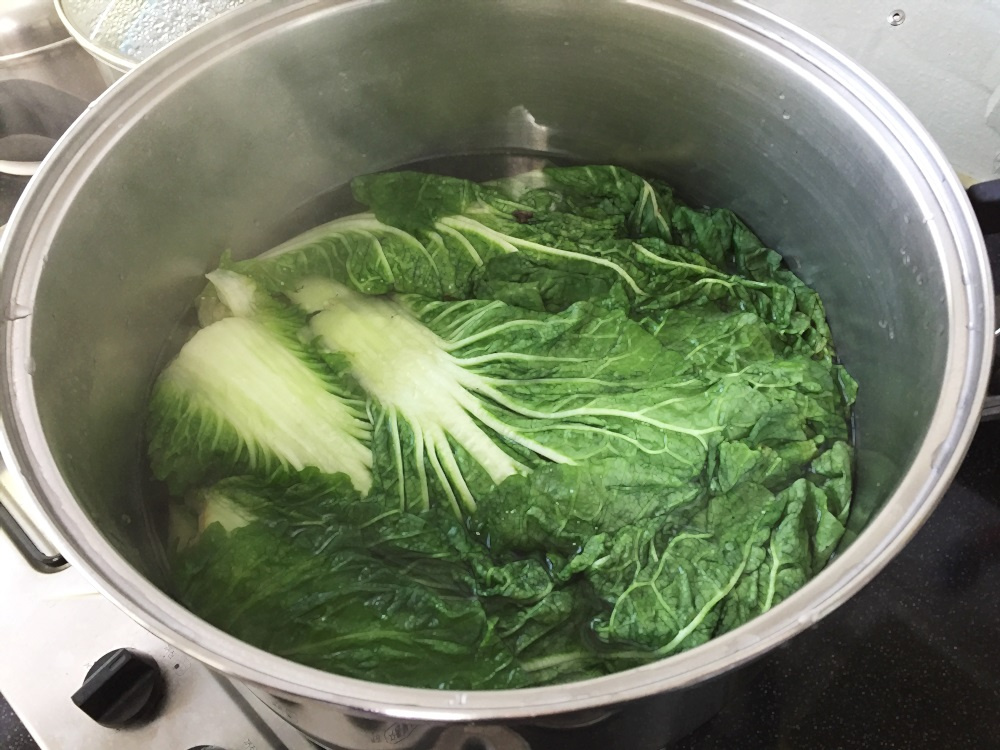 STEP 6/12Put the light leaves right away without starting with the stem for 1 to 2 minutes.
STEP 6/12Put the light leaves right away without starting with the stem for 1 to 2 minutes.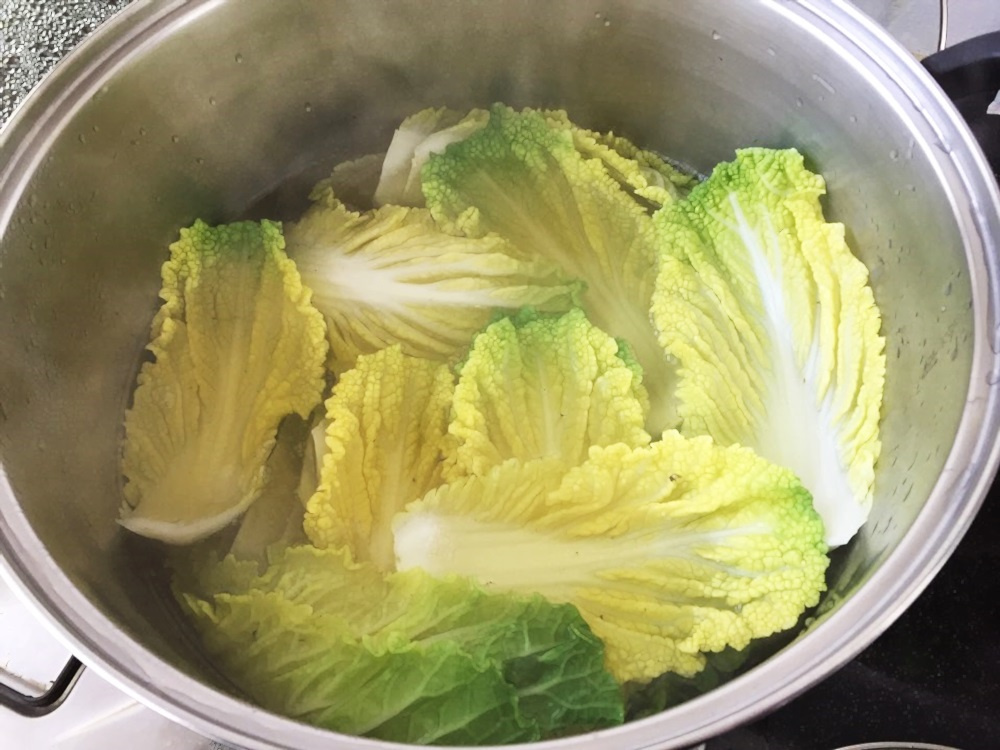 STEP 7/12After blanching it, wash it in cold water
STEP 7/12After blanching it, wash it in cold water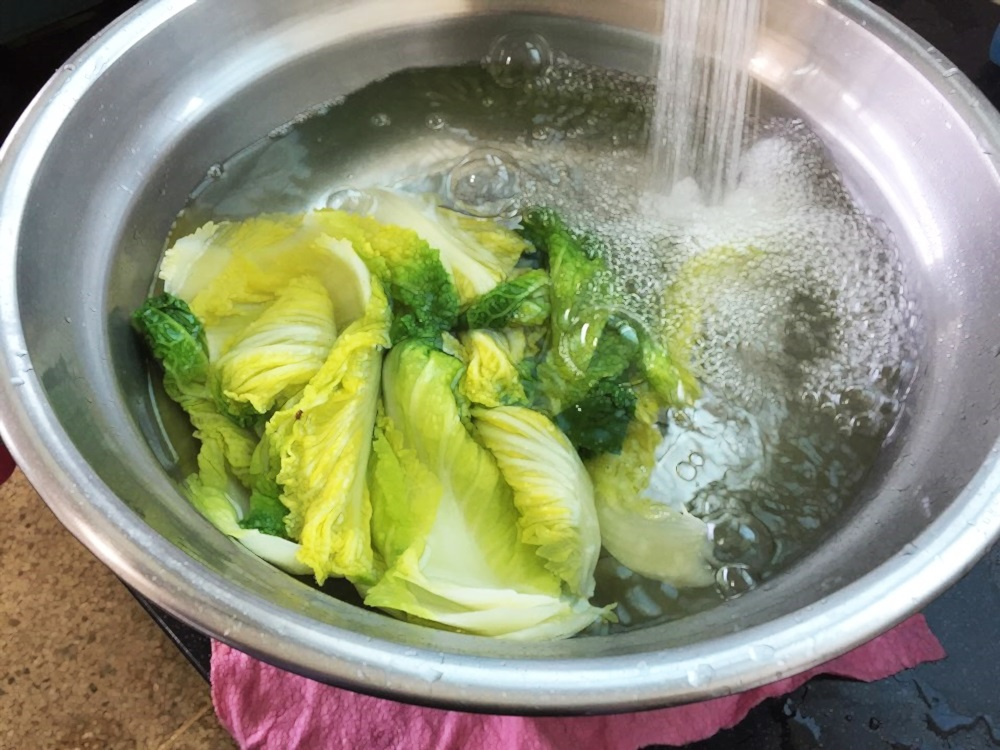 STEP 8/12with a splatter of water splattered
STEP 8/12with a splatter of water splattered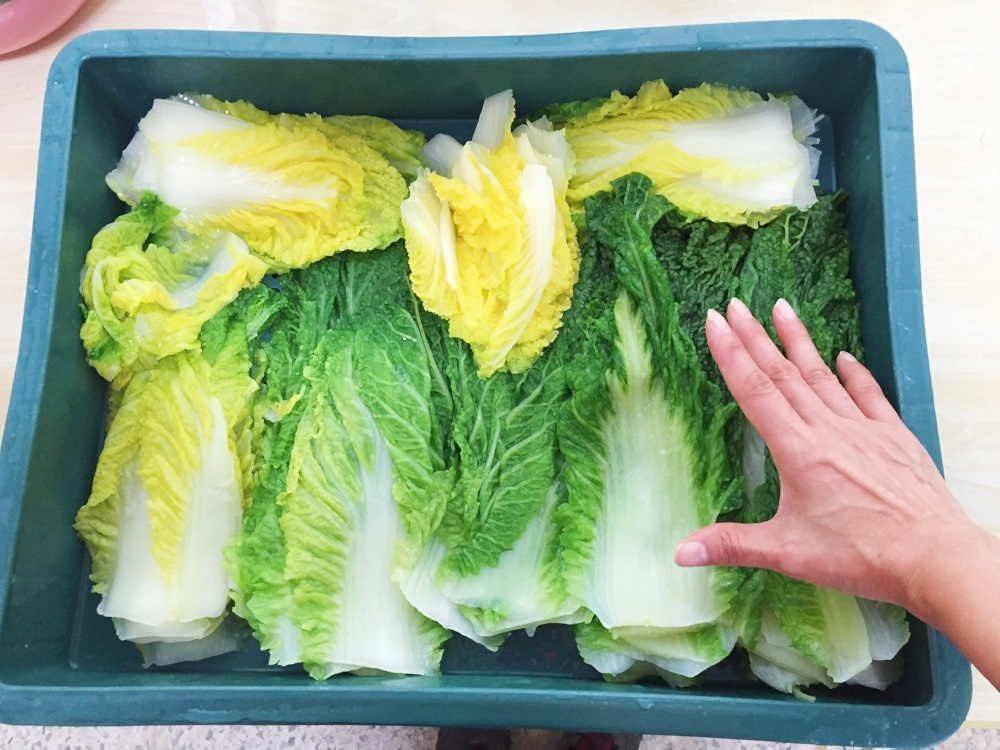 STEP 9/12Since it's kimchi cabbage, it's sweet to the middle leaves except for cabbage. It's delicious even if you dip it in soybean paste soup.
STEP 9/12Since it's kimchi cabbage, it's sweet to the middle leaves except for cabbage. It's delicious even if you dip it in soybean paste soup.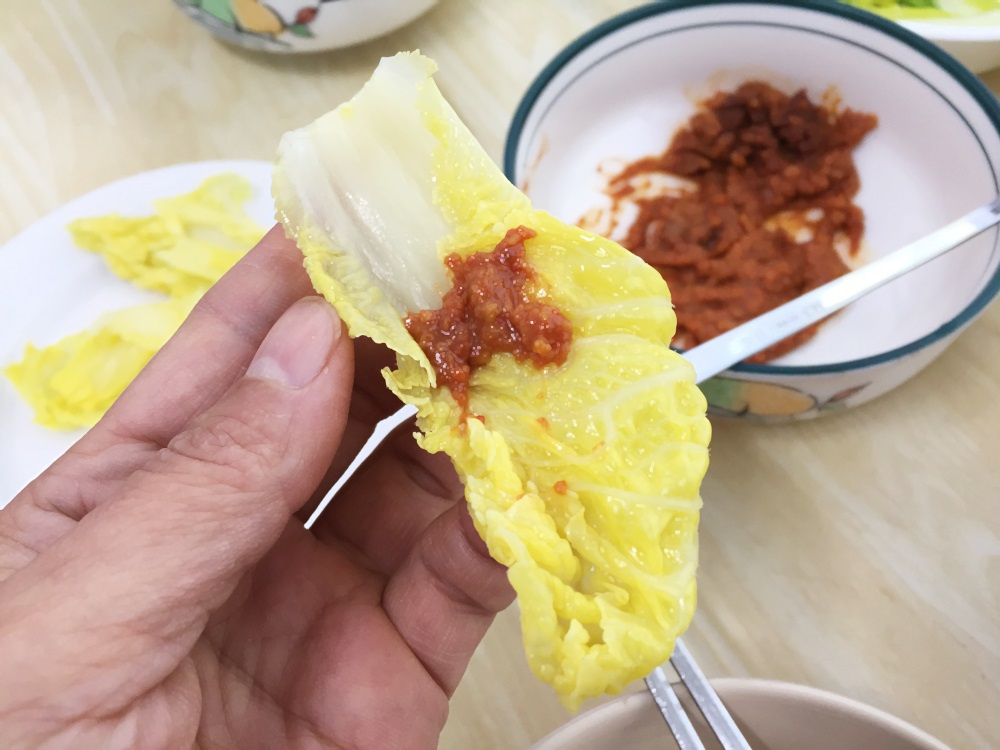 STEP 10/12Put 500 grams of water in half a cup
STEP 10/12Put 500 grams of water in half a cup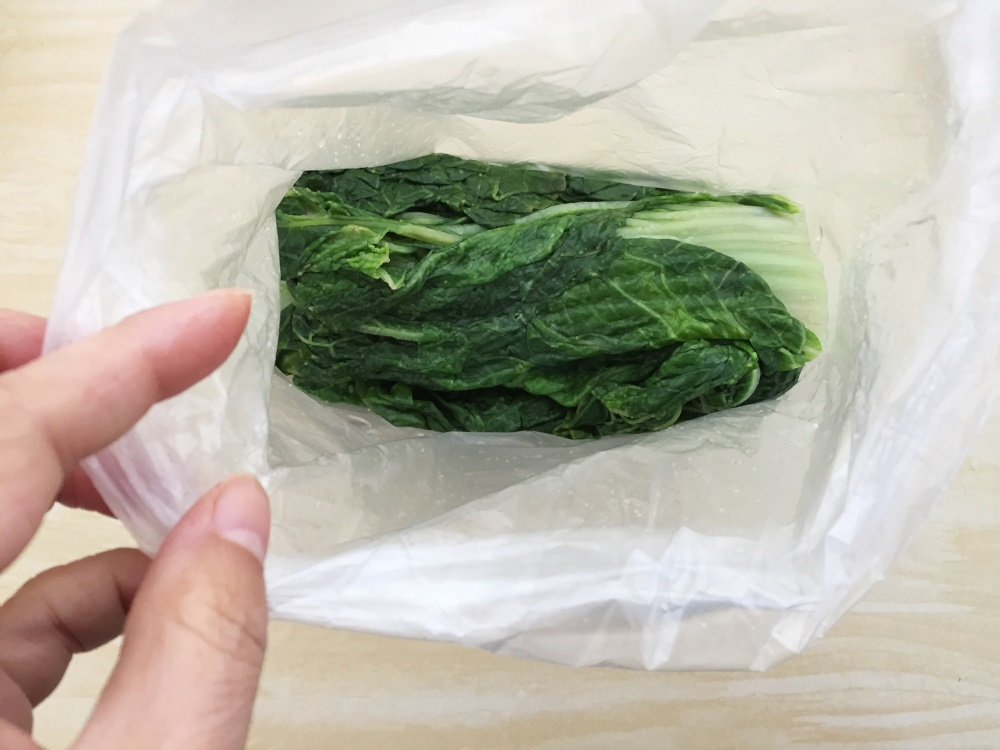 STEP 11/12Packaging.
STEP 11/12Packaging.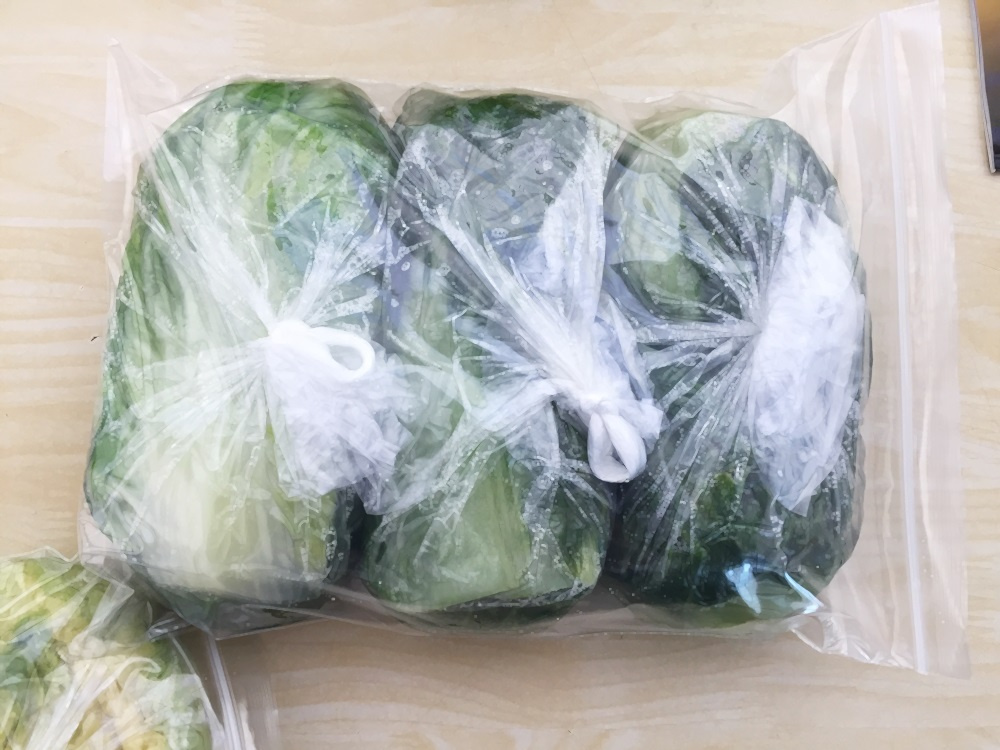 STEP 12/12Double-pack it and put it in the freezer. When you eat it, it's good to melt it in the water, so it's good to use light leaves as seasoned vegetables, and cabbage as soup or soup.
STEP 12/12Double-pack it and put it in the freezer. When you eat it, it's good to melt it in the water, so it's good to use light leaves as seasoned vegetables, and cabbage as soup or soup.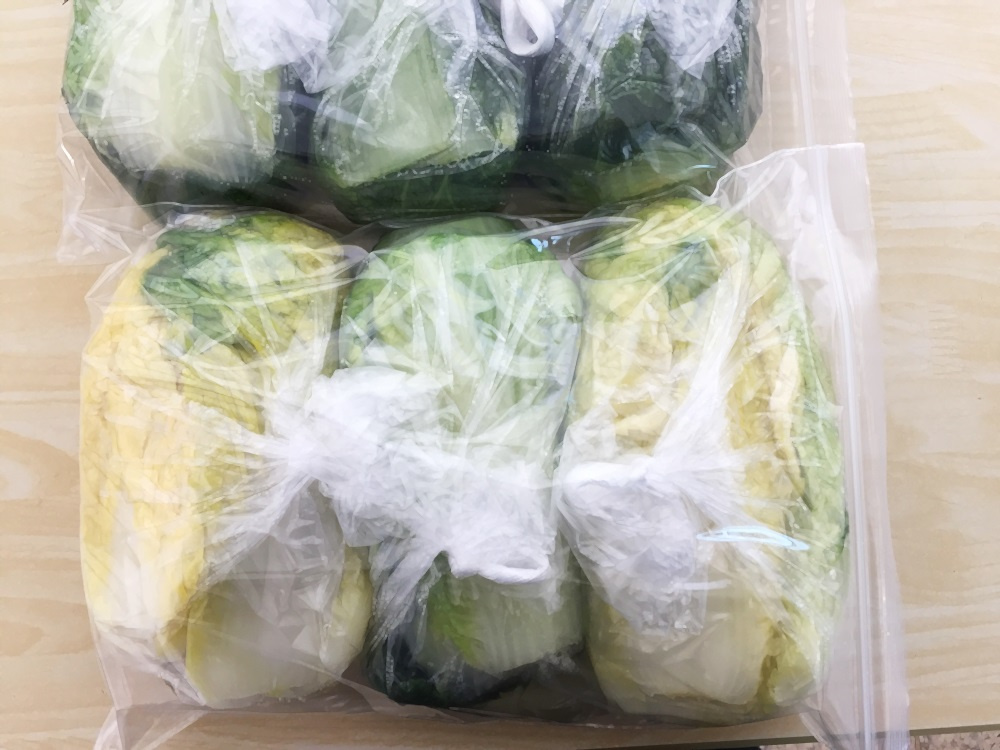 You can blanch the cabbage leaves a little and put them in. There's going to be a cooking process where you boil it when you eat it later. Light leaves are raw ingredients.
You can blanch the cabbage leaves a little and put them in. There's going to be a cooking process where you boil it when you eat it later. Light leaves are raw ingredients.
- Kimchi Recommended recipe
-
-
1
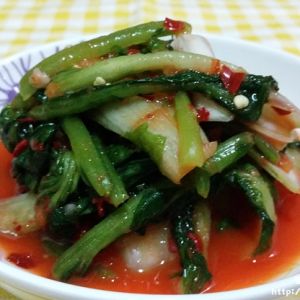 Yeolmu Kimchi with cold young radish kimchi4.71(38)
Yeolmu Kimchi with cold young radish kimchi4.71(38) -
2
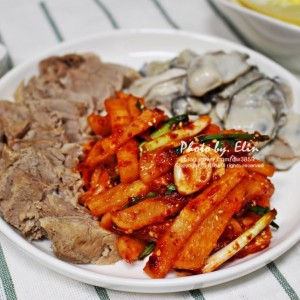 Golden recipe for bossam radish kimchi and how to boil boiled po4.94(48)
Golden recipe for bossam radish kimchi and how to boil boiled po4.94(48) -
3
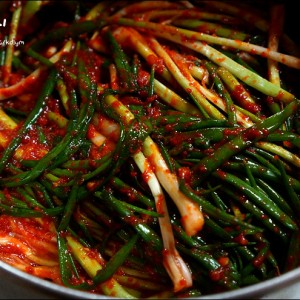 Making green onion kimchi4.82(106)
Making green onion kimchi4.82(106) -
4
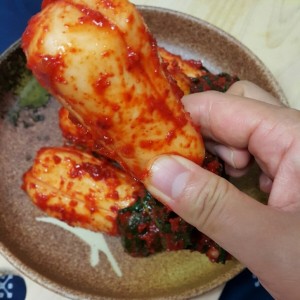 Strong side dish Chonggak Kimchi (2-tier recipe)4.93(55)
Strong side dish Chonggak Kimchi (2-tier recipe)4.93(55)
-
- chicken Recommended recipe
-
-
1
 Kyochon Chicken Style, Homemade Soy Sauce Chicken Making5.00(5)
Kyochon Chicken Style, Homemade Soy Sauce Chicken Making5.00(5) -
2
 [Chicken teriyaki] A dish that you can enjoy at home on weekends4.87(164)
[Chicken teriyaki] A dish that you can enjoy at home on weekends4.87(164) -
3
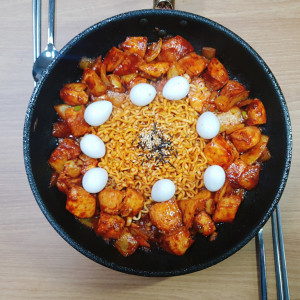 Pickled chicken. Charcoal chicken5.00(9)
Pickled chicken. Charcoal chicken5.00(9) -
4
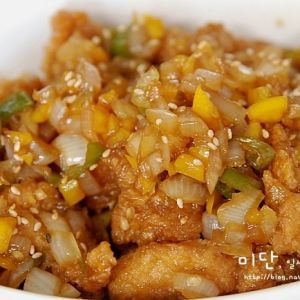 Making kkanpung chicken with leftover chicken4.88(8)
Making kkanpung chicken with leftover chicken4.88(8)
-